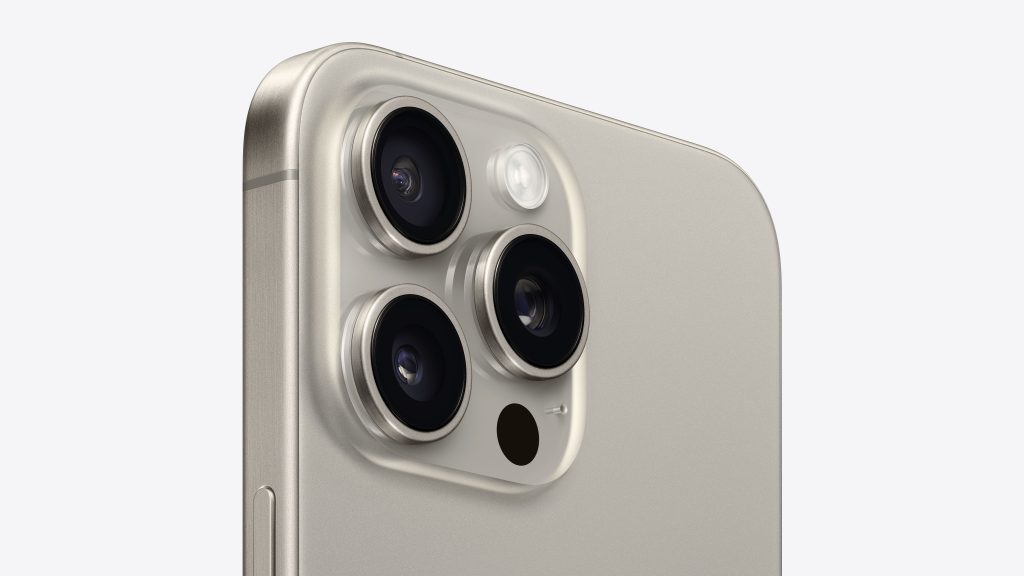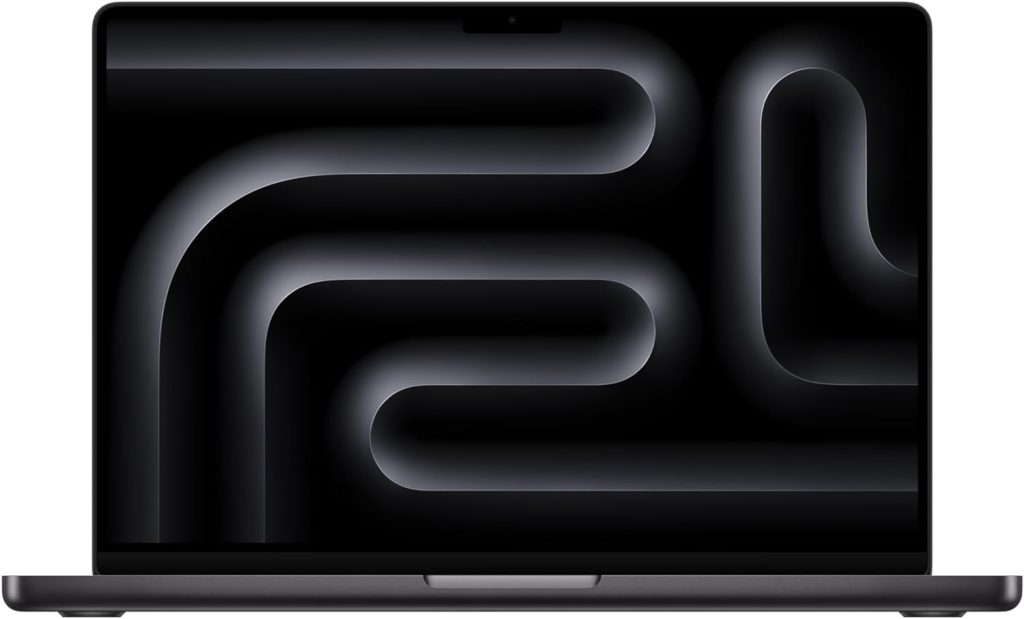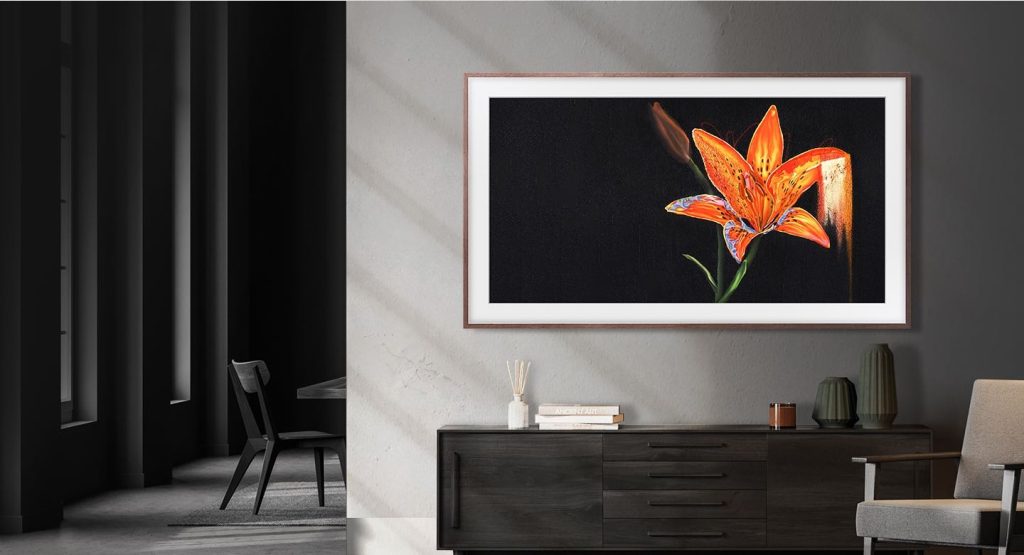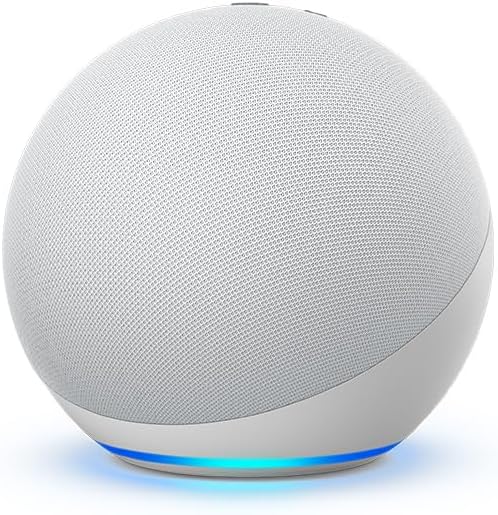What are modern headphones
I would like to say right away, since the market is filled with various types of “head monitors”, it is quite difficult to choose the right option. Therefore, to facilitate the process, let's first classify existing devices by their type, purpose, and characteristics. After that, it will be easier for us to understand how to choose the right ones.
red, black and white headphones next to the player
All of them can be divided into 4 types:
inserts (droplets);
plug-in, vacuum (plugs);
invoices (with special fastening);
monitor (full ear girth).
This classification depends on how close the speaker is to the ear. In this regard, each type has its pros and cons.

Headphones are used:
for recording and mixing music;
to work in a music and radio studio;
for listening on the player;
to listen to audiobooks;
while playing gamers;
while surfing the internet;
for watching videos on a computer tablet;
listen to your phone or smartphone;
for talking on Skype;
just like a headset for your phone.
So, general advice so far, without going into the characteristics, will be such.
If you are unpretentious to the quality of sound, you need at least some, if only “ears”, if you always have a phone or a smartphone at your fingertips - your choice of droplets or gags.
If you are on the move all the time, jogging in the morning, like to listen to audiobooks or music from a player, listen a lot - your choice is overhead. You need a good mount and that the hearing is not tired.
If you are a gamer or, while working at a computer, you like to “withdraw into yourself” for a short time - your choice is full-size, open.
And of course, if you professionally work with sound, then you need high-quality closed ears.
Specifications
We now turn our attention directly to the characteristics of the headphones, in order to choose the best among the existing types.
These include:
frequency range (frequency spectrum);
sensitivity (volume);
resistance (impedance);
maximum power;
distortion level;
It is not necessary to scrupulously explore all these features, but you need to have a general idea so that your choice is conscious.
frequency range
This characteristic displays in which frequency range the sound will be played. The wider it is, the better the sound quality. As a rule, physically there is a relationship here. The larger the headphone membrane, the wider the frequency range. Music lovers want to hear the entire existing spectrum, which can only catch their ear. But usually it hears frequencies from 15-16 to 18 000-20 000 Hz. Therefore, all that is lower and higher is the privilege of only a few.
Sensitivity
This characteristic is responsible for how loud you will hear the sound. Standard for most headphones will be at least 100 dB. Sensitivity depends on the magnetic core used. The inserts and plugs have a small diameter of the membrane and a low-powered magnet, so they do not have great sensitivity. However, the sound volume of a person is enough due to the proximity of the membrane to the ear.
Resistance
This parameter needs to be considered regarding what technique you will use. For gadgets and portable technology, the resistance of headphones is 16-50 Ohms. The idea is that the greater the resistance of the headphones, the more powerful the incoming signal will be needed to shake the membrane. In other words, for high impedance accessories you need a powerful sound source.
Therefore, if you connect studio headphones with an impedance of 250 ohms to a regular player, they will sound quiet, you will not get powerful sound. And for a studio with an impedance of 500 ohms, you will need an additional amplifier.
Another pattern: the higher the resistance, the cleaner the sound. So, low-impedance headphones may sound distorted, and high-impedance headphones are not very loud.
Power
A similar match should be on such characteristics as power. If the power from the sound source exceeds the allowable for headphones, they will fail. Usually the power range is from 1 mW to 5000 mW.
Distortion level
When playing a sound, some distortion is allowed. Their level is measured in percent. Accordingly, the quality will be better, the less this percentage.
When choosing headphones it is necessary to take into account their weight and size. To make it easier for you to navigate, know that the liners and vacuum weigh approximately 5-30 g, the overhead - 40-100 g, and the monitor - 150-300 g.
 After all, ask yourself how much time do you plan to spend in them? Do you need them only as a headset for talking on Skype or will you work in them? Do you often listen to music, audio books or occasionally? Or maybe you really need wireless?
After all, ask yourself how much time do you plan to spend in them? Do you need them only as a headset for talking on Skype or will you work in them? Do you often listen to music, audio books or occasionally? Or maybe you really need wireless?
I would like to say right away, since the market is filled with various types of “head monitors”, it is quite difficult to choose the right option. Therefore, to facilitate the process, let's first classify existing devices by their type, purpose, and characteristics. After that, it will be easier for us to understand how to choose the right ones.
red, black and white headphones next to the player
All of them can be divided into 4 types:
inserts (droplets);
plug-in, vacuum (plugs);
invoices (with special fastening);
monitor (full ear girth).
This classification depends on how close the speaker is to the ear. In this regard, each type has its pros and cons.

Headphones are used:
for recording and mixing music;
to work in a music and radio studio;
for listening on the player;
to listen to audiobooks;
while playing gamers;
while surfing the internet;
for watching videos on a computer tablet;
listen to your phone or smartphone;
for talking on Skype;
just like a headset for your phone.
So, general advice so far, without going into the characteristics, will be such.
If you are unpretentious to the quality of sound, you need at least some, if only “ears”, if you always have a phone or a smartphone at your fingertips - your choice of droplets or gags.
If you are on the move all the time, jogging in the morning, like to listen to audiobooks or music from a player, listen a lot - your choice is overhead. You need a good mount and that the hearing is not tired.
If you are a gamer or, while working at a computer, you like to “withdraw into yourself” for a short time - your choice is full-size, open.
And of course, if you professionally work with sound, then you need high-quality closed ears.
Specifications
We now turn our attention directly to the characteristics of the headphones, in order to choose the best among the existing types.
These include:
frequency range (frequency spectrum);
sensitivity (volume);
resistance (impedance);
maximum power;
distortion level;
It is not necessary to scrupulously explore all these features, but you need to have a general idea so that your choice is conscious.
frequency range
This characteristic displays in which frequency range the sound will be played. The wider it is, the better the sound quality. As a rule, physically there is a relationship here. The larger the headphone membrane, the wider the frequency range. Music lovers want to hear the entire existing spectrum, which can only catch their ear. But usually it hears frequencies from 15-16 to 18 000-20 000 Hz. Therefore, all that is lower and higher is the privilege of only a few.
Sensitivity
This characteristic is responsible for how loud you will hear the sound. Standard for most headphones will be at least 100 dB. Sensitivity depends on the magnetic core used. The inserts and plugs have a small diameter of the membrane and a low-powered magnet, so they do not have great sensitivity. However, the sound volume of a person is enough due to the proximity of the membrane to the ear.
Resistance
This parameter needs to be considered regarding what technique you will use. For gadgets and portable technology, the resistance of headphones is 16-50 Ohms. The idea is that the greater the resistance of the headphones, the more powerful the incoming signal will be needed to shake the membrane. In other words, for high impedance accessories you need a powerful sound source.
Therefore, if you connect studio headphones with an impedance of 250 ohms to a regular player, they will sound quiet, you will not get powerful sound. And for a studio with an impedance of 500 ohms, you will need an additional amplifier.
Another pattern: the higher the resistance, the cleaner the sound. So, low-impedance headphones may sound distorted, and high-impedance headphones are not very loud.
Power
A similar match should be on such characteristics as power. If the power from the sound source exceeds the allowable for headphones, they will fail. Usually the power range is from 1 mW to 5000 mW.
Distortion level
When playing a sound, some distortion is allowed. Their level is measured in percent. Accordingly, the quality will be better, the less this percentage.
When choosing headphones it is necessary to take into account their weight and size. To make it easier for you to navigate, know that the liners and vacuum weigh approximately 5-30 g, the overhead - 40-100 g, and the monitor - 150-300 g.
 After all, ask yourself how much time do you plan to spend in them? Do you need them only as a headset for talking on Skype or will you work in them? Do you often listen to music, audio books or occasionally? Or maybe you really need wireless?
After all, ask yourself how much time do you plan to spend in them? Do you need them only as a headset for talking on Skype or will you work in them? Do you often listen to music, audio books or occasionally? Or maybe you really need wireless?
Last edited:







